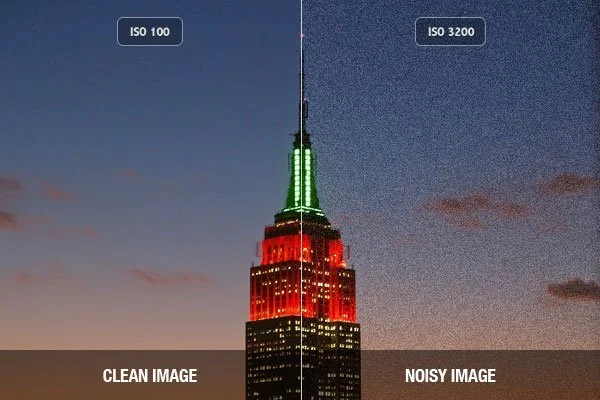Understanding ISO Sensitivity in Photography
Have you ever wondered how cameras capture clear photos in low light? The answer lies in a crucial setting called ISO sensitivity. This blog post will delve into everything you need to know about ISO, from its technical aspects to its practical applications in photography.
What is ISO Sensitivity?
ISO stands for the International Organization for Standardization. In the world of photography, ISO refers to a numerical value that represents your camera sensor's sensitivity to light. Think of it as a dial that controls how much light your sensor absorbs. A lower ISO value indicates lower sensitivity, while a higher ISO signifies greater sensitivity.
Traditionally, film photography used fixed ISO values. However, digital cameras revolutionized photography by allowing you to adjust ISO directly on the camera. This flexibility opens doors to capturing photos in diverse lighting conditions.
How Does ISO Affect Your Photos?
Here's the key takeaway: Higher ISO values let you capture photos in darker environments. As you increase ISO, your sensor becomes more receptive to light, enabling you to use faster shutter speeds or smaller apertures (which reduce the amount of light entering the camera).
This adjustment comes at a cost, however. While higher ISO allows you to capture photos in low light, it also introduces unwanted noise or grain into your images. This noise appears as small speckles that reduce image clarity and detail, especially noticeable during post-processing.
Finding the Right ISO Balance
The ideal ISO setting depends on the lighting situation. Here's a general guideline:
Prioritize Lower ISO: Whenever possible, aim for the lowest possible ISO value to maintain the highest image quality with minimal noise.
Adapting to Light: In low-light scenarios, gradually increase ISO to capture clear photos.
Remember, there's no magic ISO number. It's all about finding the balance between capturing the scene and introducing acceptable levels of noise.
Cameras and ISO Automation
Many modern cameras offer an automatic ISO mode. This lets the camera adjust the ISO sensitivity based on the available light. While convenient, automatic ISO might not always produce the best results, especially in low-light situations where the camera might push the ISO too high, resulting in noisy images.
For more control, consider setting a maximum ISO limit on your camera. This ensures the camera doesn't exceed a specific ISO value, preventing excessive noise in your photos.
Reducing Noise in High-ISO Photos
Even with careful planning, sometimes high ISO photos become unavoidable. Thankfully, photo editing software like Lightroom offers noise reduction tools that can help mitigate the impact of noise on your images.
Conclusion
ISO sensitivity is a fundamental concept in photography. By understanding how ISO works and its trade-offs, you can make informed decisions to capture stunning photos in various lighting conditions. Remember, a slightly lower quality photo with a manageable amount of noise is often better than no photo at all!



